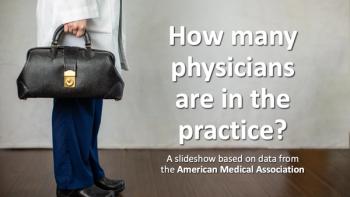
Coverage and Access to Therapies Used to Reduce Cholesterol Levels
Opportunities to reduce costs and improve accessibility to therapies used for hypercholesterolemia and prophylaxis against cardiovascular events.
Episodes in this series

Dhiren Patel, PharmD, CDCES, BC-ADM, BCACP: Jen, cost was just mentioned with the PCSK9 inhibitors, and you recently did a webinar that addresses it. At the end of the day, we could prescribe the world’s best medication, but if the patient can’t afford it, that’s a challenge. How have you worked with some of your patients to address some of the costs associated with some of the more higher-ticket items?
Jennifer Goldman, RPh, PharmD, CDCES, BC-ADM, FCCP: If there’s a will, there’s a way. I can absolutely promise that. In some of the commercial insurances, drug companies have made available savings co-pay cards to cover the co-payment. Even for someone who has a high-deductible plan, these co-pay cards have a maximum per month that they’ll cover, and that will go toward that person’s deductible. That’s very helpful. Most of the time, these co-pay cards lower their co-pay anywhere from $0 to $25. Costs are often $0. That’s for commercial.
One issue that we’ve been facing for years is Medicare? With Medicare, there’s a maximum…. We’ve heard about the doughnut hole. What that means is when you have Medicare at the beginning, they may have a deductible. They may not, depending on their plan. Health insurance pays a certain amount, the patient pays a co-payment, and once they’ve spent a certain amount of money—it’s $4000—they go into this doughnut hole. What happens is the patient will have to pay 25%. The doughnut hole has changed. Before this, the patient had to pay the full amount. The drug plan will pay 5%, the patient pays 25%, and drug companies pay 70%. Once they get to that amount, at the end, it’s catastrophic, and everything is covered again. But drug companies are stepping up and paying that difference. That will help patients with Medicare also avoid catastrophic costs in that doughnut hole.
Dhiren Patel, PharmD, CDCES, BC-ADM, BCACP: That makes sense. As I said, you have to work a little harder, with a little more paperwork, but there’s some level of assistance that you can usually offer patients.
Transcript edited for clarity.
Newsletter
Stay informed and empowered with Medical Economics enewsletter, delivering expert insights, financial strategies, practice management tips and technology trends — tailored for today’s physicians.















